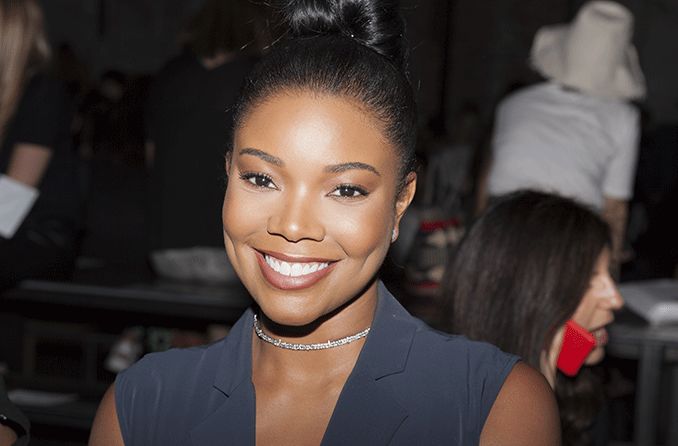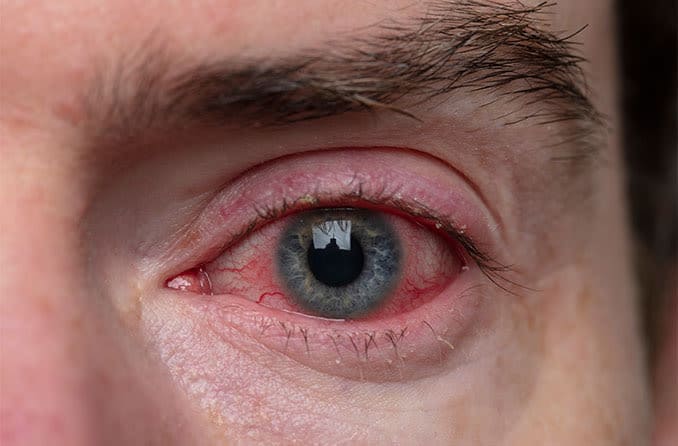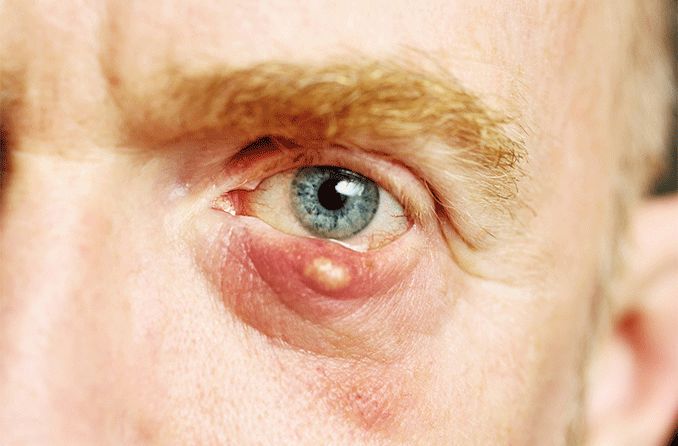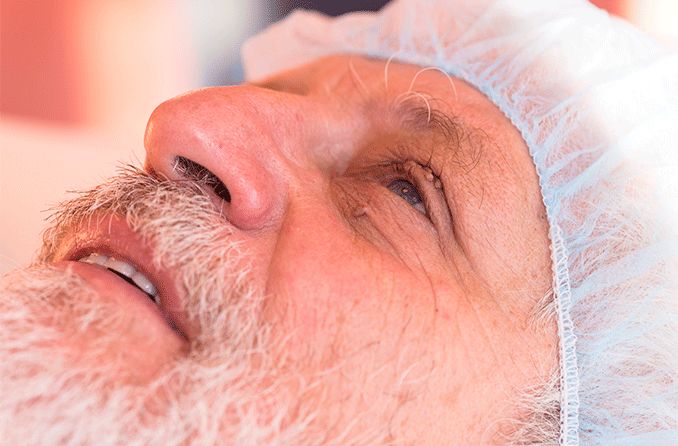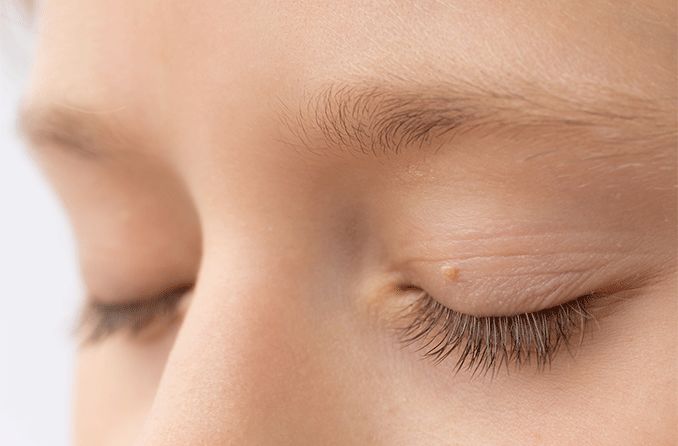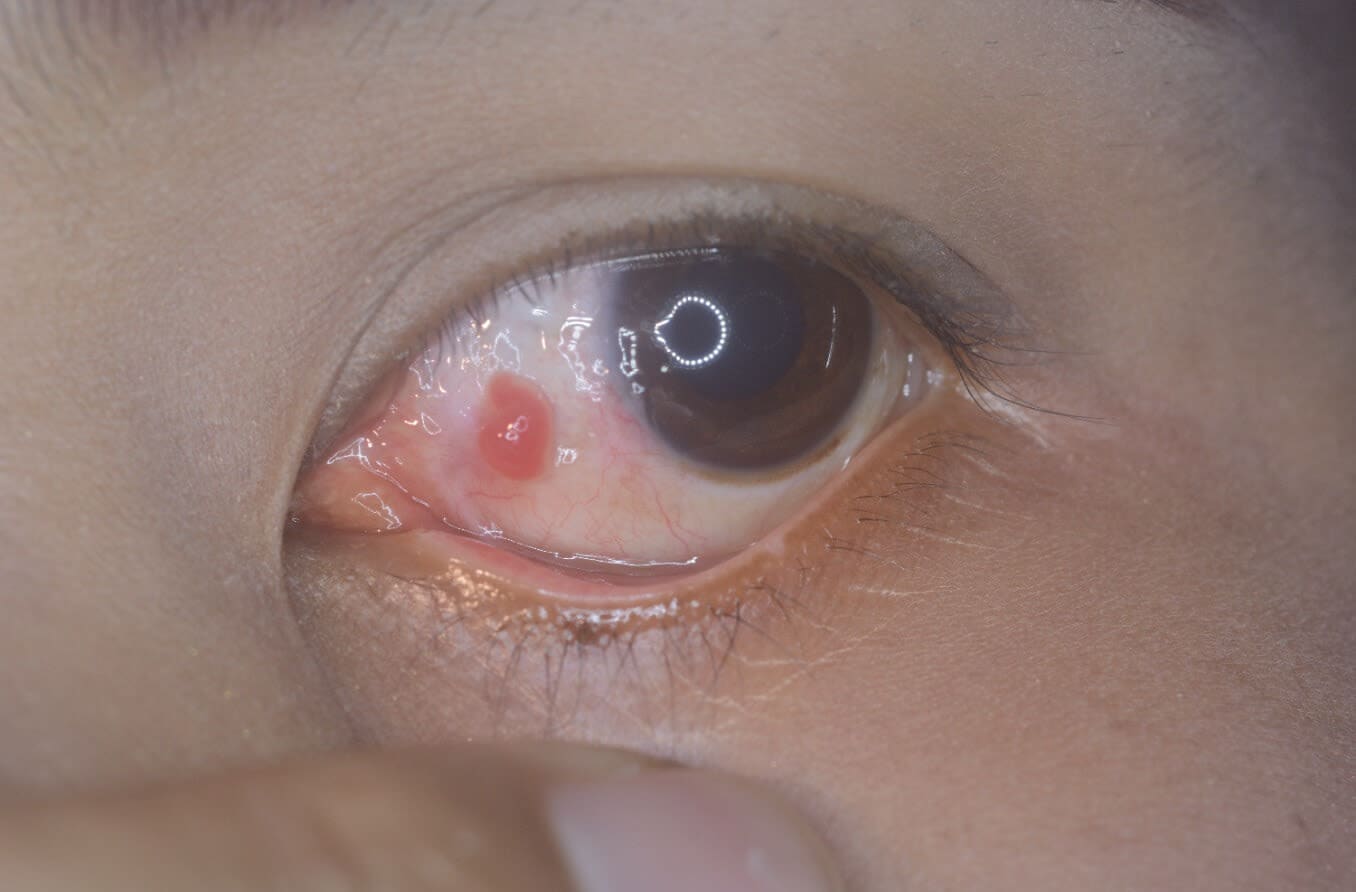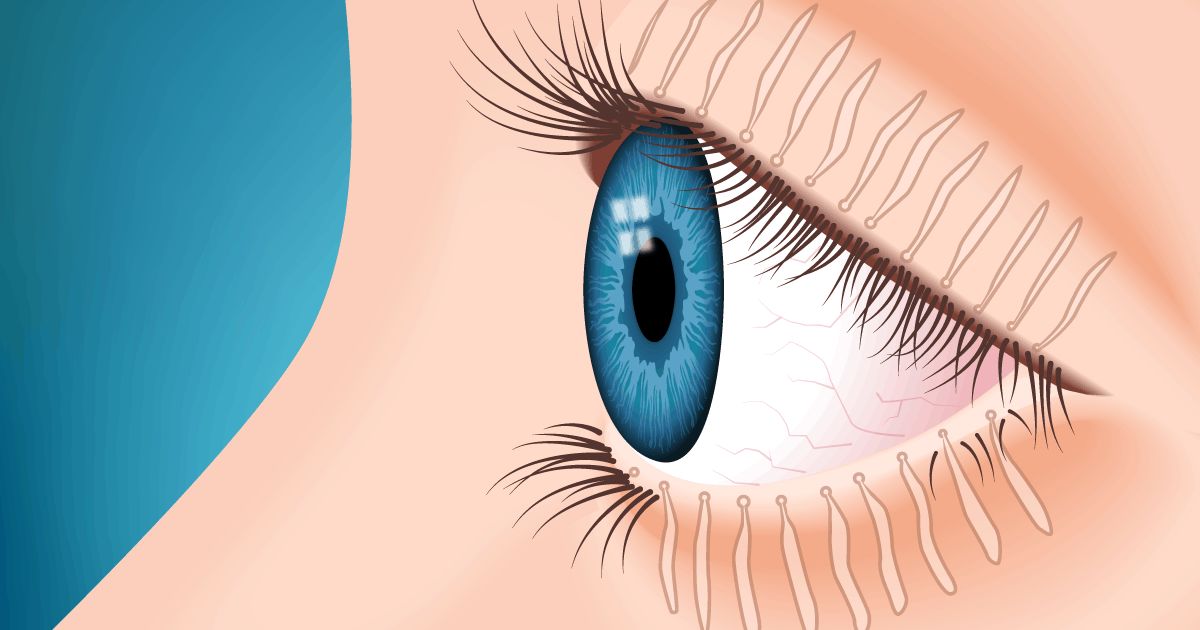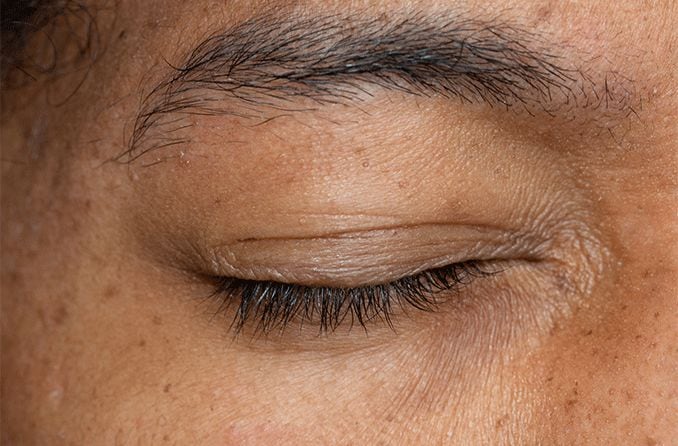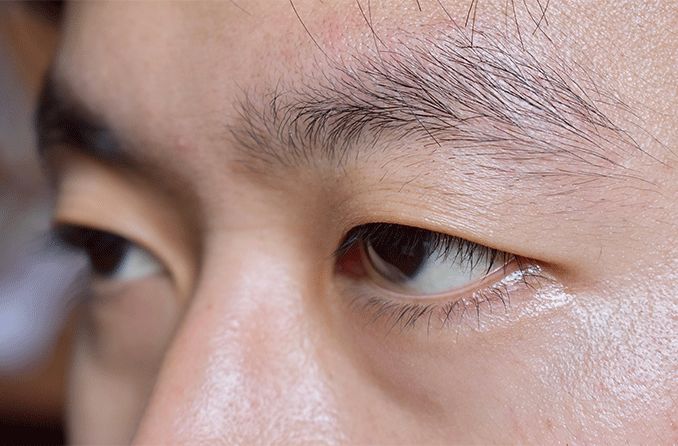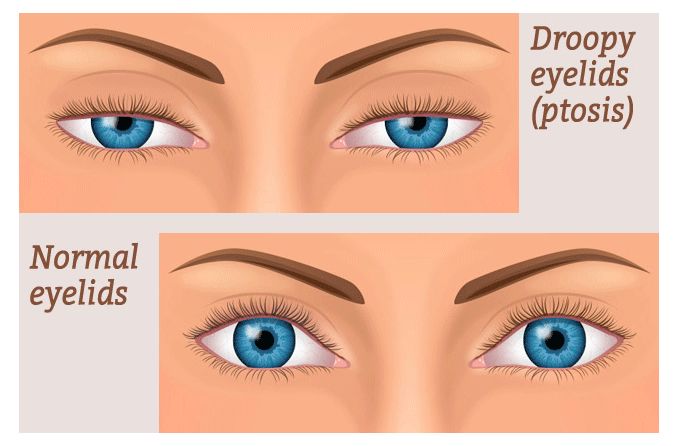What are hooded eyes?
Hooded eyes are a common facial feature that owe their appearance to a small flap of excess skin under each eyebrow. They can also be referred to as “hooded eyelids .”
Like the color of your hair or the presence of attached earlobes, the shape of your eyes is just one of many genetic traits visible on your face. It’s possible to only have one hooded eye, though both eyes usually have the trait.
Parents with hooded eyes are likely to pass the feature on to their children. However, like most genetic traits, it’s not guaranteed. In other words, it’s possible for both of your parents to have hooded eyes while you don’t.
Along with genetics, multiple factors can lead to hooded eyes. Eye rubbing, obesity, sun exposure and sleep apnea are just a few.
Hooded eyes tend to develop, or become more pronounced, as people age. They can cause the eyes to appear tired or droopy, and change the appearance of the face.
Do I have hooded eyes?
Look in the mirror and you’ll probably be able to tell whether you have hooded eyes or not. Open your eyes comfortably; if most (or all) of your upper eyelids are covered by the skin under your brow bones, there’s a good chance you have hooded eyelids.
Another good way to tell if you have hooded eyelids is by your eyelash line. If the skin just below your brow touches your lash line, or comes close to it, you may have hooded eyes.
People with hooded eyes don’t have much, or any, eyelid space. Instead, they have a deep crease.
Hooded vs. non-hooded eyes
The main difference between hooded eyes and non-hooded eyes is the ability to see an eyelid crease.
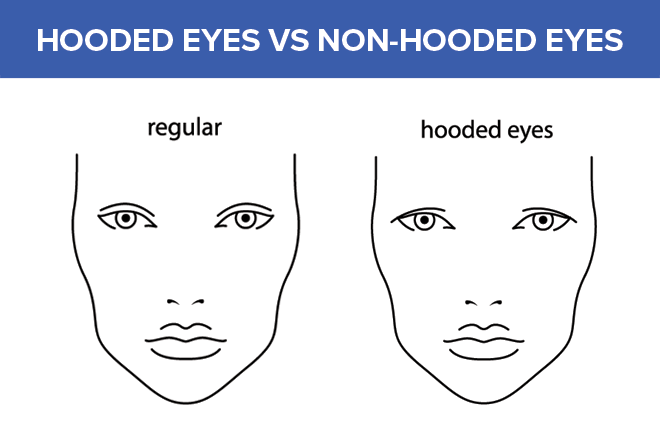
In a non-hooded eye, you can usually see the eyelid (the skin that covers the eyeball itself), a crease and the remaining space that leads to the eyebrow. Hooded eyes have a deep crease and a little extra skin near the brow area. This makes it so you cannot see much, if any, of the eyelid or the crease.
Hooded eyes may give the appearance of heavy eyelids, which can make the eyes look tired . Oftentimes, people perceive hooded eyes as looking older. Non-hooded eyes may look more lifted and awake.
The description and comparison of hooded eyes vs “normal” eyes can make hooded eyes seem like a negative or unattractive feature. This is simply not true. Hooded eyes, as well as every other eye shape and type, are a natural and beautiful characteristic.
Hooded eyes vs. droopy eyes
Hooded eyes can be confused with droopy eyes, but they’re a little different. Droopy eyelids can affect a person’s ability to keep their eye(s) open all the way.
Hooded eyes are a normal hereditary trait that don’t usually affect vision. Droopy eyelids can be related to aging, or occur as a result of injury or an underlying medical condition.
When the eyelid of one or both eyes droops, it often points to a condition called ptosis . What makes ptosis different from hooded eyes is that the skin covering the eyeball droops; not the skin near the brow.
Recently an eye drop to treat ptosis, Upneeq, has been approved by the FDA.
Ptosis can be present at birth, or develop later in life. It usually occurs due to a problem affecting the eye socket , muscles, brain or nerves. It’s also possible for ptosis to occur as an adverse reaction to receiving botox injections . The effects from botox are temporary.
Drooping can be mild, but severe cases of ptosis can affect vision and cause other problems as time passes, especially when present in babies . Hooded eyelids, on the other hand, have no effect on eyesight or eyelid function.
It is possible for hooded eyelids to affect vision as a person ages. The excess skin that creates the hooded eyelid can lose its elasticity over time and begin to sag. This is a condition called dermatochalasis .
It’s important to note that people born with non-hooded eyes can still be affected by dermatochalasis. If severe, dermatochalasis can obstruct eyesight, irritate the eyes and cause headaches.
Celebrities with hooded eyes
Hooded eyes might be more common than you think. Some of the most recognizable faces in entertainment feature hooded eyes:
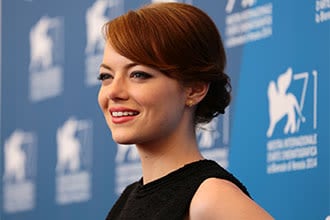
Jennifer Aniston
Gabrielle Union
Olivia Munn
Chris Hemsworth
Samira Wiley
Justin Timberlake
Emma Stone
People who wear makeup, including many of these celebrities, are more likely to be aware of their eye shape. Since their brows create a “hood” over their eyelids and hide any shadow or glitter applied to the lid, those with hooded eyes have ways of getting creative when it comes to applying eye shadow.
There are many makeup tricks for hooded eyes that can give the illusion of a “new” crease and create a lifted appearance.
How to get rid of hooded eyes
If you find having hooded eyelids is taking a toll on your physical or mental health, there’s an eyelid surgery that can help.
The procedure, called blepharoplasty , removes the excess skin or fat pockets near the brow. Surgeons will tighten, lift and reshape the eyelid skin to give the eyes a more rested, youthful appearance
Insurance will not cover blepharoplasty performed for cosmetic reasons. However, if the procedure is done because the hooded eyes are impairing vision, insurance may cover partial cost.
Should you see an eye doctor for hooded eyes?
Since hooded eyes are a harmless facial trait, they usually don’t require any sort of medical attention.
If you notice one or both of your eyelids starting to droop suddenly, or the “hood” or droopiness of your eyelids make it difficult to see clearly, schedule an eye exam. An eye doctor can examine your eyes and determine the best course of treatment.
READ MORE ABOUT CELEBRITY EYES:
Celebrities with different-colored eyes (heterochromia)
Celebrities with asymmetrical eyes
Celebrities with myopia (nearsightedness)
Celebrity eyewear lines and collaborations
Celebrities who had LASIK surgery
Famous people with sanpaku eyes
